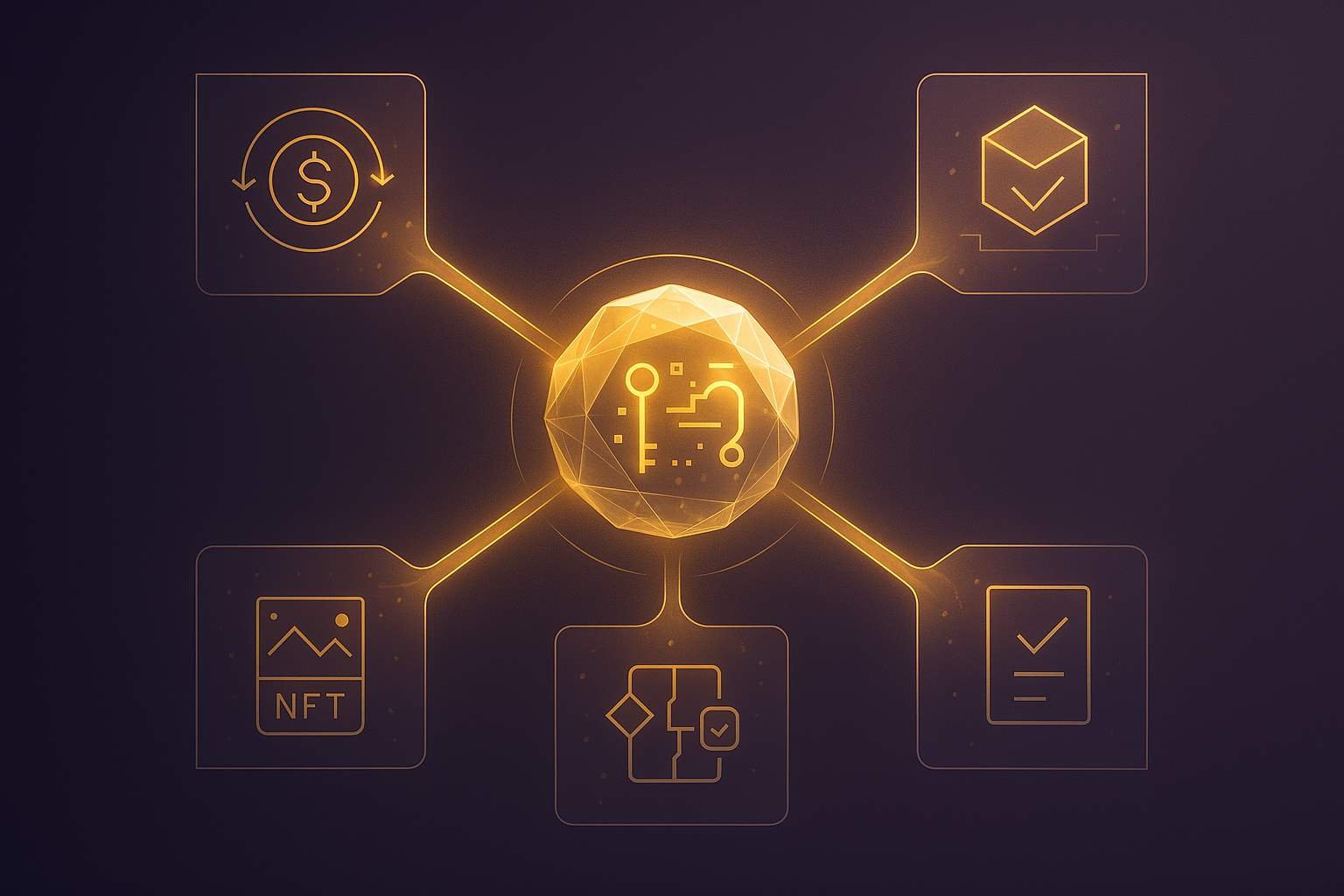Cross-chain interoperability refers to the ability of different blockchain networks to communicate and share data or assets seamlessly. Unlike isolated blockchains that operate in silos, interoperable systems allow tokens, smart contracts, and information to move across chains without friction. For example, a user could transfer a token from Ethereum to Polkadot without relying on centralized exchanges, which often charge high fees and introduce risks. This technology aims to solve a major limitation in the crypto space—lack of connectivity between ecosystems. By enabling such interactions, cross-chain solutions create a more unified blockchain landscape, which could unlock new use cases like cross-chain DeFi protocols or NFT marketplaces that span multiple networks. Interoperability also reduces fragmentation, making it easier for developers and users to interact with various blockchains, ultimately driving innovation and adoption in the crypto industry.

Benefits of Cross-Chain Interoperability for Blockchain
Cross-chain interoperability offers several transformative advantages for blockchain networks. First, it enhances liquidity by allowing assets to flow freely between chains, reducing dependency on centralized platforms that often act as bottlenecks. For instance, a token locked on one chain can be used as collateral on another, boosting capital efficiency. Second, it fosters innovation by enabling developers to build dApps that leverage features from multiple blockchains—imagine a DeFi app combining Ethereum’s robust smart contracts with Solana’s high-speed transactions. Third, it improves user experience; instead of managing multiple wallets and interfaces for different chains, users can interact with various networks through a single platform. This connectivity also attracts institutional players, as it simplifies asset management across ecosystems, making the crypto space more efficient. Additionally, interoperability can lower transaction costs by reducing the need for intermediaries, creating a more scalable and inclusive environment for global adoption of blockchain technology.
Challenges Facing Cross-Chain Interoperability Solutions
Despite its potential, cross-chain interoperability faces significant hurdles that must be addressed. Security is a major concern—bridges, which facilitate cross-chain transfers, are often targets for hacks due to their complexity. Past exploits have shown how vulnerabilities in bridge protocols can lead to significant losses, eroding user trust. Scalability is another issue; handling transactions across multiple chains can strain network performance if the infrastructure isn’t robust enough to manage high volumes. Additionally, achieving true interoperability requires standardization, but blockchains often have different protocols, consensus mechanisms, and data structures, making integration a technical challenge. Privacy also poses a concern; ensuring data remains secure while moving between chains is critical, especially for sensitive applications like financial transactions. Governance differences between chains can further complicate matters—disputes over protocol upgrades or transaction validation can create friction. Overcoming these obstacles is essential for cross-chain solutions to gain widespread trust and adoption in the crypto market.
Top Projects Leading Cross-Chain Interoperability Trends
Several projects are pioneering cross-chain interoperability, each with unique approaches to connect blockchain ecosystems. Polkadot stands out with its relay chain, which connects parachains to enable seamless data and asset sharing while maintaining scalability. Cosmos uses its Inter-Blockchain Communication (IBC) protocol to link independent chains, focusing on sovereignty and allowing each chain to maintain its own governance. Chainlink’s CCIP (Cross-Chain Interoperability Protocol) provides a secure framework to transfer data and tokens across networks, leveraging its oracle network for reliability. Avalanche’s subnets also enable cross-chain functionality by allowing custom blockchains to interoperate within its ecosystem. For a deeper dive into how interoperability impacts blockchain trends, check out the insights on our blog at https://cryptoanalyzes.com/cryptoinsights-blog/. These projects are paving the way for a more connected blockchain landscape, driving the next wave of innovation and setting the stage for broader adoption across industries.
Why Cross-Chain Interoperability Matters for Crypto’s Future
Cross-chain interoperability could redefine the future of crypto by breaking down barriers between isolated blockchain networks. It enables a more decentralized and efficient ecosystem, where users and developers can access the best features of each chain without limitations. For example, a developer could create a dApp that uses Ethereum for security, Solana for speed, and Polygon for low-cost transactions—all in one application. This technology also supports the growth of Web3, as it allows for seamless interactions across decentralized applications, from gaming to finance. As the crypto market matures, interoperability will likely become a standard, attracting more users, developers, and capital to the space. It also paves the way for mainstream adoption by making blockchain interactions more user-friendly and cost-effective. Projects that prioritize interoperability are positioning themselves as leaders in the next evolution of crypto, creating opportunities for innovation that were previously out of reach. To stay updated on emerging trends like this, visit CryptoAnalyzes at https://cryptoanalyzes.com for expert insights and market analysis tailored for crypto enthusiasts and investors.
How Cross-Chain Interoperability Impacts DeFi and NFTs
Cross-chain interoperability is already making waves in DeFi and NFT ecosystems, two of the most active sectors in crypto. In DeFi, interoperability allows users to access liquidity pools across multiple chains, maximizing yield opportunities—imagine staking a token on Ethereum and using its value to borrow on Avalanche. This cross-chain liquidity also reduces fragmentation, making DeFi protocols more competitive with centralized finance. For NFTs, interoperability enables creators to mint tokens on one chain and sell them on another, tapping into broader marketplaces and audiences. For instance, an NFT minted on Tezos could be traded on an Ethereum-based platform, increasing its exposure. This connectivity also supports fractional ownership of NFTs across chains, opening up new investment models. As DeFi and NFTs continue to grow, cross-chain solutions will play a pivotal role in scaling these ecosystems, driving innovation, and attracting more participants to the crypto space.




















